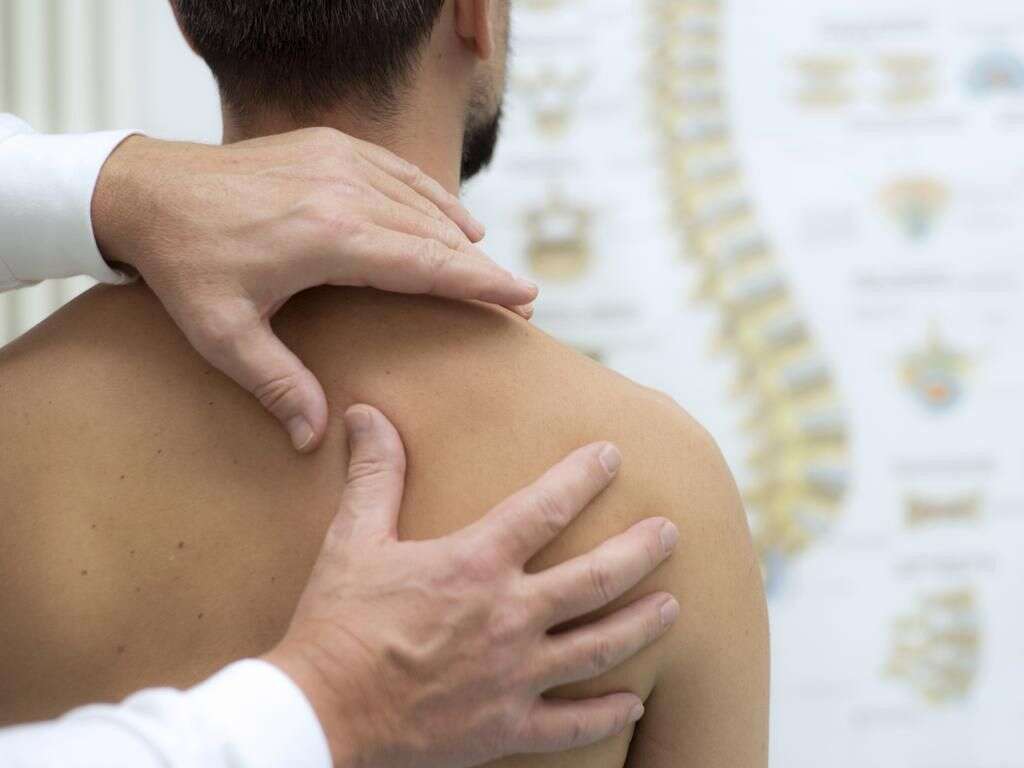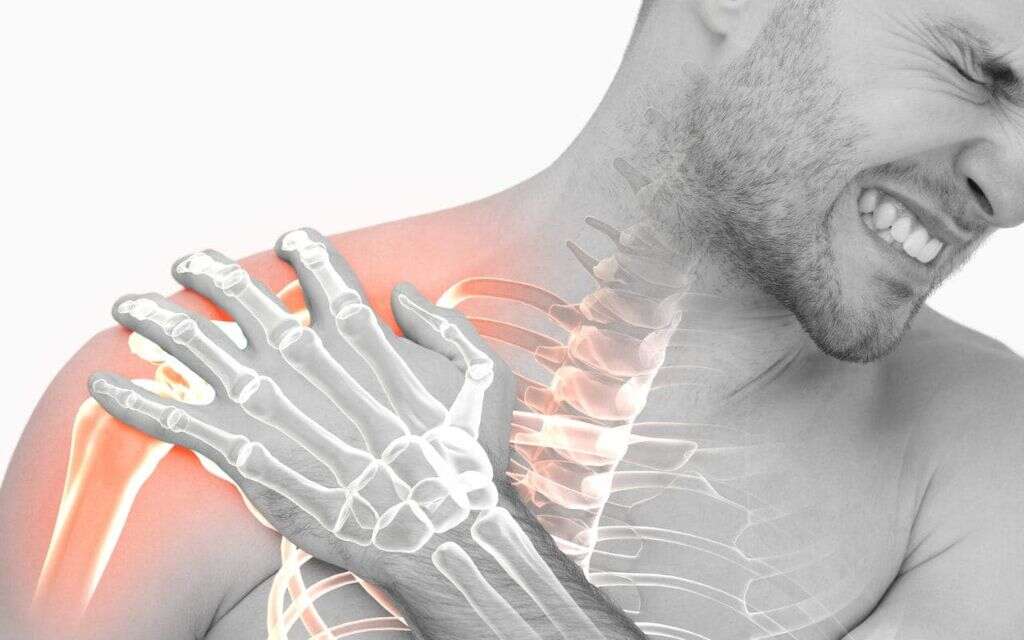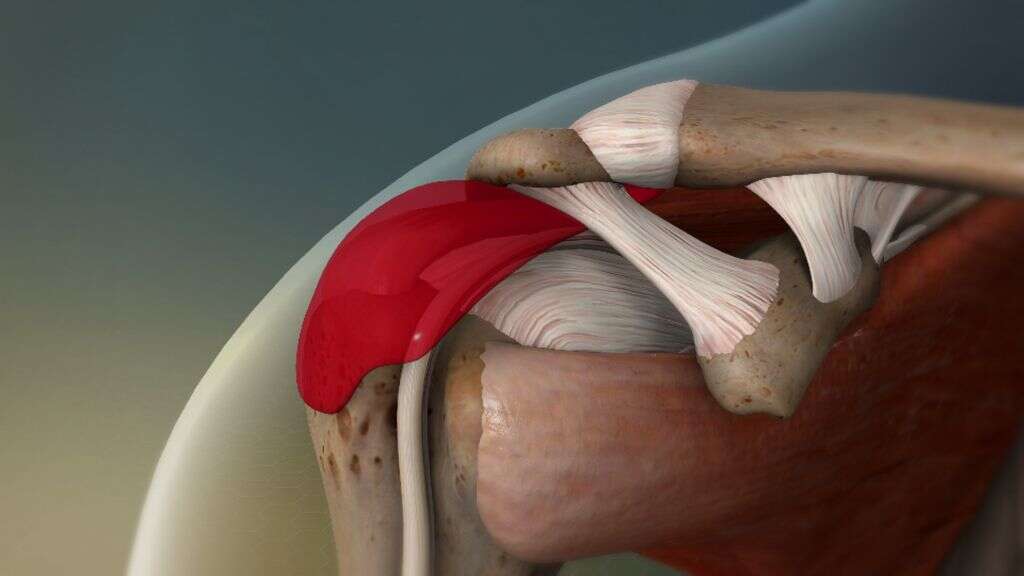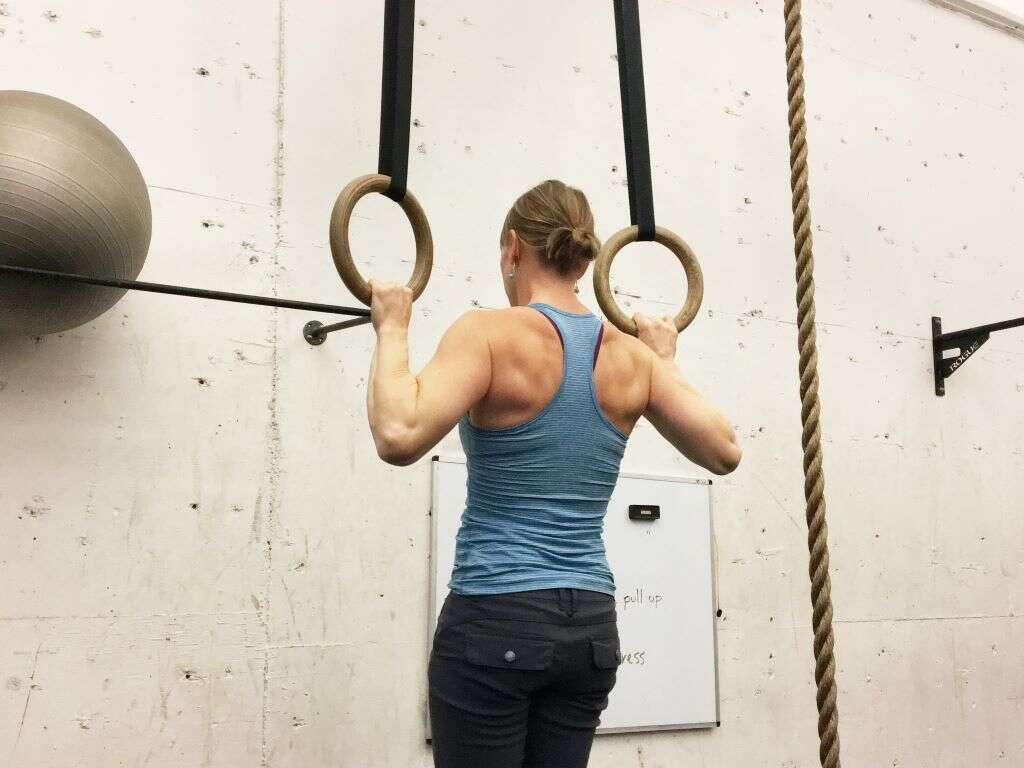Shoulder Impingement Symptoms
The shoulder joint is a joint that we often call upon, and it can sometimes be asked to do some quite heavy work. There is a portion of the shoulder joint termed the “subacromial space” that contains a bursa and two tendons. These structures can become impinged between the bones of the joint potentially causing aches, pains, and limited mobility.
This condition is known as a shoulder impingement and comes with a number of unwelcome symptoms. It is often treatable with medication and/or therapy, and surgery might be necessary in some cases. Here we take a look at some of the symptoms that the condition is likely to cause.

1. Constant Pain
It is difficult to imagine any physical sensation that is worse than pain. It is often quite unbearable, potentially leaving the patient incapacitated due to the agony they are going through. Fortunately, however, pain is usually fairly short lived and pain will usually decrease in severity as time goes by.
This is not always the case, though, and some people might experience pain constantly, depending on their condition. One such condition is shoulder impingement, which is likely to leave the patient in pain all of the time. Fortunately, the pain is only fairly mild, but is still enough to be quite uncomfortable for the patient.

2. Pain in Top of Shoulder
Depending on the underlying cause, pain is often experienced in very specific places. Although this is unpleasant for the patient, it can be useful in helping medical professionals to get to the bottom of just what the problem is.
The pain that comes with shoulder impingement syndrome is likely to be experienced in the top of the shoulder and on the outer side. This is because it is in this area that the tendon is swollen, resulting in the impingement. Make sure to let your doctor know exactly where the pain is as this can help them to reach a diagnosis and begin suitable treatment.

3. Worse Pain When Lifting Arm
As already mentioned, patients with shoulder impingement syndrome are likely to experience a mild yet constant pain, but the pain can get worse. Many patients will find that the pain will intensify somewhat when they lift their arms higher, particularly if they lift their arms above their heads.
The pain gets worse in this way because of the way the joint acts when the arms are lifted. As the arm moves, even less space becomes available and this puts more pressure on the already inflamed tendon. The pain can make the patient quite reluctant to take part in physical activities.

4. Difficulty Reaching Behind Back
It can be difficult reaching behind our backs at the best of times, and some of us will need to ask for help when it comes to washing our backs in the shower. This will become increasingly difficult as we get older and our joints become less mobile.
It can also be affected by certain medical conditions, like shoulder impingement syndrome. People with the condition will find that they have difficulty moving their shoulder joint as much as they would usually be able to. It can mean that some people are unable to do their jobs and take part in other activities.

5. Weakness in Arm
When it comes to heavy lifting, our arms are usually called on to do a lot of the hard work. As such, our arms and the shoulders tend to be quite strong to enable us to lift heavy weights.
Strength here is important for mobility and to help us get through our day-to-day lives, and even driving a car requires a degree of strength. If you develop a shoulder impingement, however, then you are likely to find that your arm will become weaker than usual. This can make it difficult to perform tasks that would otherwise be quite easy.

6. Pain at Night
Regardless of how healthy you are, it is very important that you get enough sleep. A lack of sleep can make you feel terrible the next day, while it can also have long-term effects on your physical and mental well-being. Most people are fortunate enough to not experience problems sleeping but not everybody can say the same.
The pain from a shoulder impingement is likely to increase quite significantly at night. This pain can make it harder for the patient to get any sleep at night, and this can result in an overall decrease in their quality of life. Painkillers may be able to help, but it is important to be careful when using painkillers because they can lead to addiction.

7. Rotator Cuff Tear
The rotator cuff is the name given to the group of muscles found in and around the shoulder. These muscles help to stabilize the shoulder joint. In some cases, a shoulder impingement can result in a rotator cuff tear. This is the name given to an injury to one or more of the muscles or tendons in the rotator cuff.
A shoulder impingement can cause the tendon to tear and, in some cases, it might even cause it to tear in two pieces. A rotator cuff tear will have similar symptoms to a shoulder impingement, although they are likely to be more severe.

8. Ruptured Bicep
Our biceps are a muscle in the upper arm and are perhaps the most prominent as they can really stand out when tensed. Many people will focus on these muscles when working out for the aesthetic appeal that large biceps provide. They help us to draw up our forearm, helping us to lift heavy weights.
Our biceps do a lot of work and, if we are not careful, we can put them under too much strain. People that have a shoulder impingement will need to be quite careful because the limited mobility might lead to the bicep muscle becoming ruptured.

9. Tendinitis
Tendinitis is a condition where the patients tendons become inflamed. Tendinitis can occur in pretty much any tendon in the body, including those in the rotator cuff. This would lead to a number of symptoms that are similar to a shoulder impingement, but the symptoms are likely to be more severe.
A shoulder impingement can lead to tendinitis in the rotator cuff in some cases. Treatment will generally involve taking anti-inflammatories to help reduce the inflammation of the tendon. Surgery is not usually necessary and is usually used as a last resort, but it will be used in some of the more extreme cases.

10. Bursitis
Found in the rotator cuff, and in other joints in the body, are fluid-filled sacs known as bursae. These sacs perform the role of providing a cushion between bones, cartilage, and muscle to help make everything move smoothly and prevent injuries. These sacs can become inflamed in a condition that is known as bursitis.
Bursitis can develop in patients that have a shoulder impingement. The symptoms of the condition include aching and stiff joints, redness and swelling, a fever, and pain when moving the joint. Treatment usually includes medication and therapy, although surgery may be a necessity in some cases.












